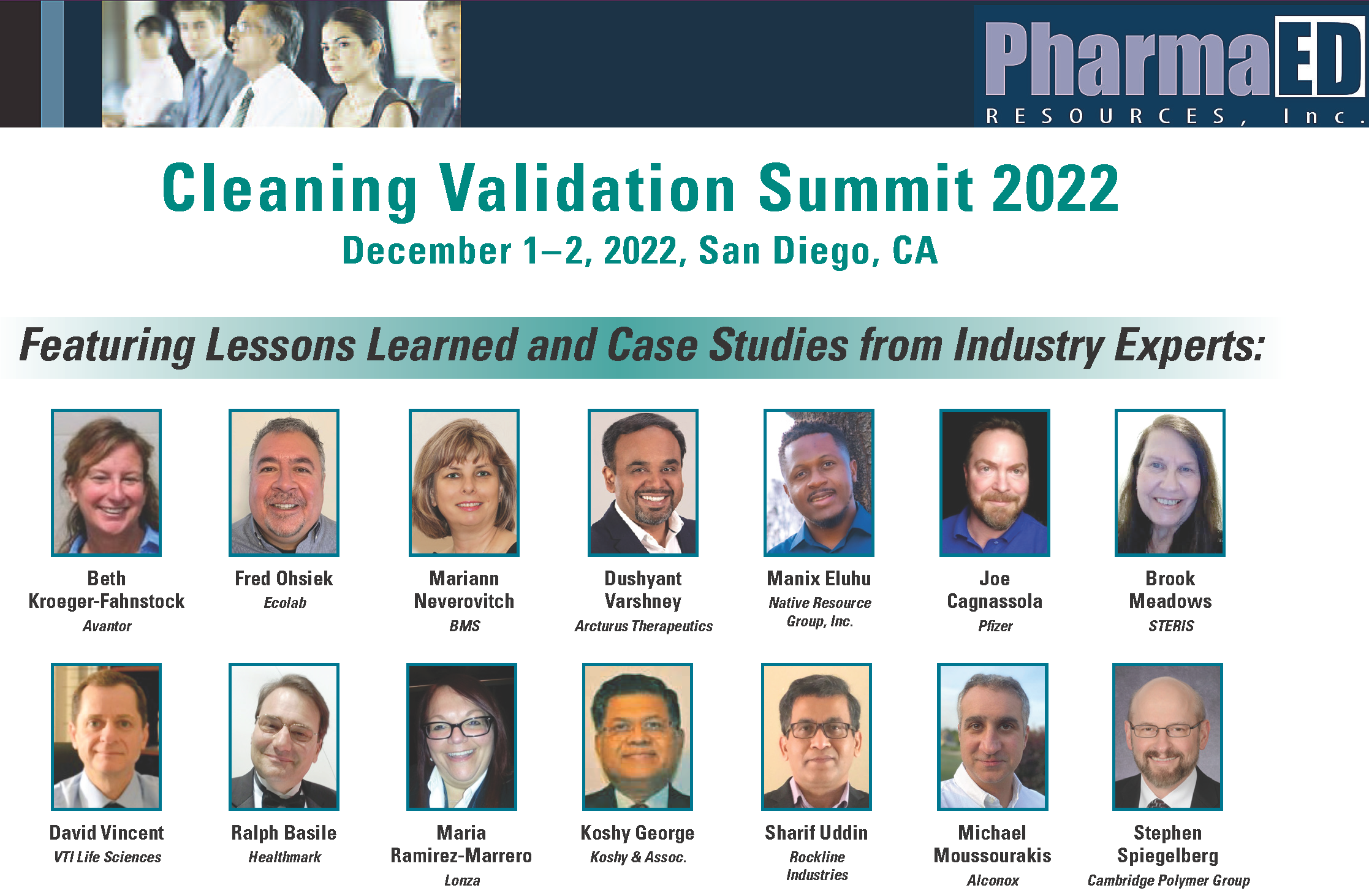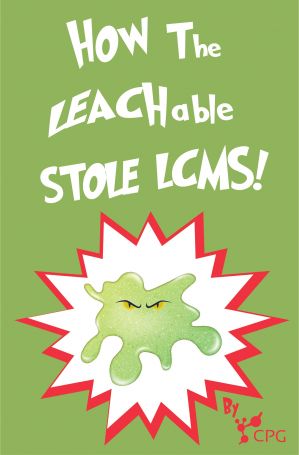O thou, my muse! guid auld Scotch drink!

At the end of January, Scots and poetry lovers around the world gather to celebrate the birthday of Scotland’s most famous poet, Robert (or Rabbie) Burns. Burns Night guests sit at long tables sipping Scotch while the haggis is paraded about the room, followed by a bagpiper playing musical tribute to Scotland’s traditional Haggis. Burns’ “Address to a Haggis” is recited and then the pudding is served. For those less adventurous there are even excellent vegetarian options available!
An integral part of the celebration is the liberal application of whisky. For many people, this is more important than the poetry! Whisky is Scotland’s official national drink (though IRN BRU may beg to differ), and Burns’ poetry is filled with whisky references. In “Scotch Drink,” Burns credits whisky as his muse and inspiration. In “Tam o’ Shanter,” he says that the “water of life” inspires devil-facing powers, and in “The Author’s Earnest Cry and Prayer,” he equates freedom with whisky.
As our own tribute to Burns’ self-proclaimed inspiration, Cambridge Polymer Group performed some chromatographic analysis on a number of single malt Scotches from the Highlands, Arran, Islay and Speyside.

Although there are few discernable patterns in the Gas Chromatography data, some qualitative trends are observed. Furfural, Hexanoic acid and 1-Butanol are largely present in all samples. The p-Cresol appears more associated with the Spey whiskies, and the o-Cresol appears more associated with the Islay whiskies. In terms of the three different aged whiskies (-15, -16 and -17, from Arran), there is no compound that appears to rank with age. Reviewing the Head Space Gas Chromatography data, the compounds that one would expect to provide the closest match to the drinker’s initial perception of the whisky yields a similar result, with no clear pattern emerging.
Our initial hope of teasing out simple correlations with known traits of the whiskies was not borne out. At least partially this is due to the intrinsic complexity of these liquids, with combinations of age, processing, environment and ingredients resulting in a complexity that is difficult to handle analytically. In addition, most of the liquids presented here are in fact blended from multiple barrels (even though they are termed “single malts”) to create a certain profile, further complicating any analytical process.
This study was an internal project, conducted to demonstrate some of CPG’s chromatographic abilities without compromising any confidential client data and as an excuse to hold a whisky tasting with leftover supplies. When CPG analyzes a product on behalf of a client, we have access to the manufacturer’s IP (including key information about processing, environment, and materials), which allows us to better isolate compound correlations with known traits.
Complexity is increasingly becoming the norm in analytical chemistry. CPG conducts complex profiles in Extractable and Leachable (E&L) studies in support of biocompatibility determinations, and for new medical devices and drugs requiring analysis in vivo for residual products or change products. However, because we keep our clients’ IP confidential, we can’t share most of those examples (unless our client has given permission or credited us in publication). CPG is very proud of our part in a cancer study, in which we performed a complex direct analysis of physiological fluids for analytes generated by the body (which we can discuss because our participation was published by our client).
Although the hoped-for patterns were not found in this small sampling, gas chromatography has potential value across a range of fields and understanding how to apply and tailor analysis to specific applications will become more important in the future. Plus, unlike usual laboratory experiments, it was encouraged to taste these samples.
So today, join the revelers world-wide, celebrating Burns Night on the weekend following his birthday, and raise a dram of furfural/hexanoic acid/1-butanol to one of the world's greatest poets!


 In the padded anti-gravity car, passengers floated about, chasing their choice of cold beverage, droplet by suspended droplet. Scientists who were more than thirsty stopped at the Molecular Gastronomy car, where they enjoyed culinary concoctions of carefully engineered flavor, reminiscent of Willy Wonka.
In the padded anti-gravity car, passengers floated about, chasing their choice of cold beverage, droplet by suspended droplet. Scientists who were more than thirsty stopped at the Molecular Gastronomy car, where they enjoyed culinary concoctions of carefully engineered flavor, reminiscent of Willy Wonka.




 All the staff at Cambridge Polymer liked
All the staff at Cambridge Polymer liked 